In the quest for the ultimate illumination tool, the world’s brightest flashlight stands out as a beacon of innovation and power. This article delves into the critical aspects of these luminous wonders, shedding light on what makes them essential for anyone venturing into the dark. From outdoor sports enthusiasts to emergency responders, understanding the capabilities of the world’s brightest flashlight can make all the difference in navigating the shadows.
Table of Contents:
– What defines the world’s brightest flashlight
– Key features to look for
– Practical applications in sports and outdoor activities
– Battery life and power source considerations
– Safety and legal considerations
What defines the world’s brightest flashlight
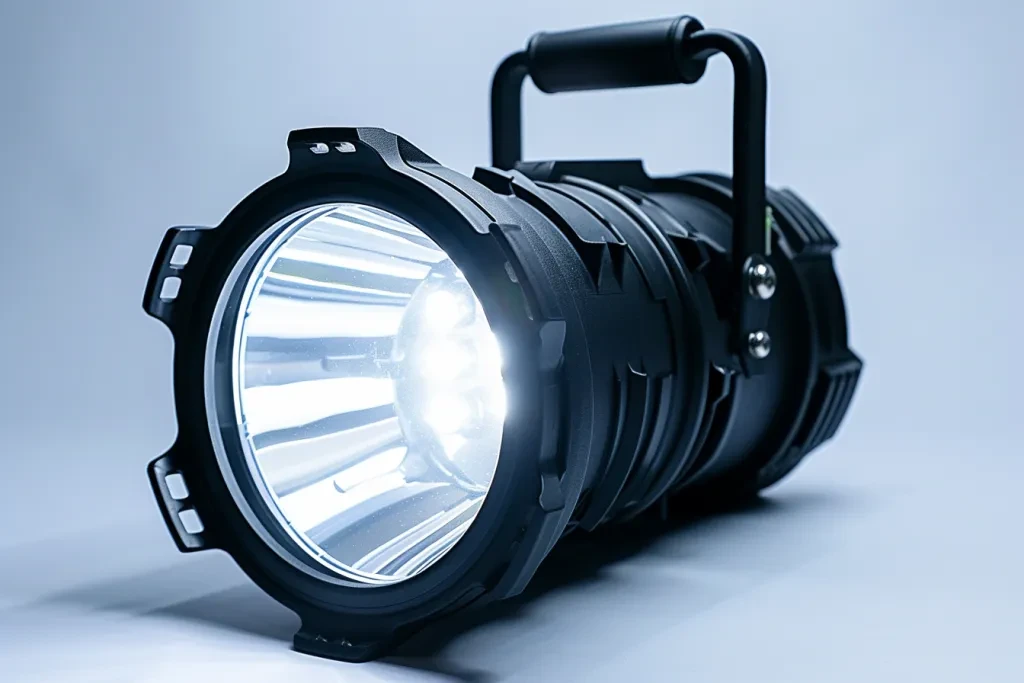
When discussing the world’s brightest flashlight, lumens—the measure of light output—take center stage. However, it’s not just about the highest lumen count. The quality of light, beam distance, and pattern also play crucial roles. These flashlights are engineered to provide a balance of power and functionality, illuminating vast areas or focusing intense beams on specific points.
The evolution of LED technology has propelled these flashlights into new realms of brightness and efficiency. Advanced optics and thermal management systems ensure that they can sustain their output without overheating, a testament to the leaps in design and material science that underpin their development.
Understanding the technical specifications is essential, but so is recognizing the practical implications. A flashlight’s brightness must be matched by its reliability and usability in real-world conditions. This means considering how it feels in your hand, how intuitively you can adjust its settings, and how well it withstands the elements.
Key features to look for
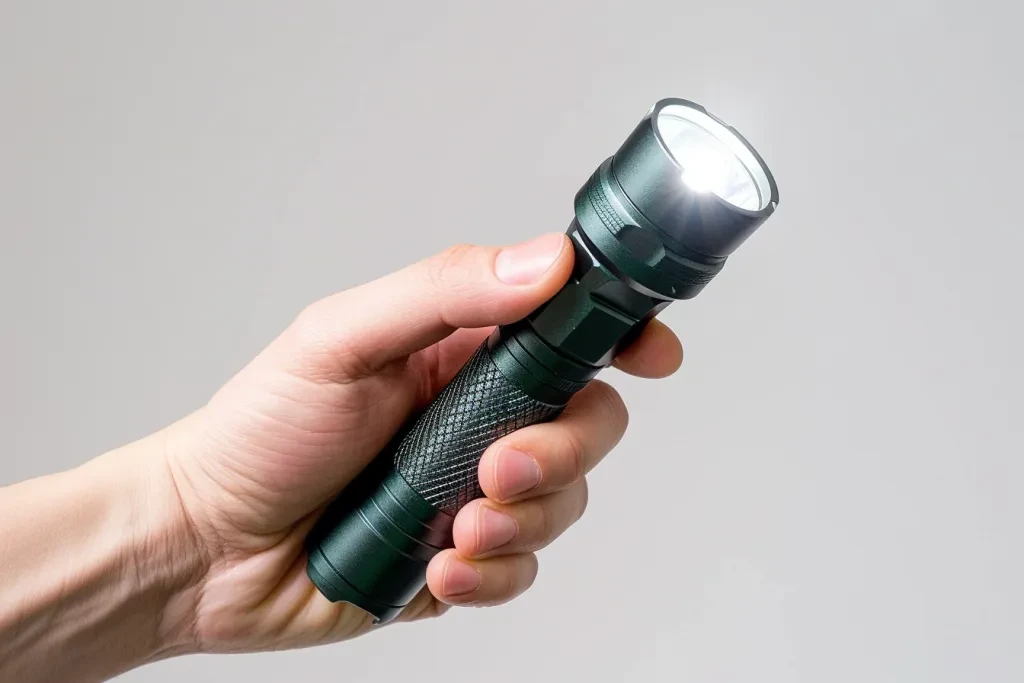
When selecting the world’s brightest flashlight, several features stand out as particularly important. First and foremost, the lumen output is a key indicator of its brightness, but there’s more to the story. The flashlight’s beam distance, which indicates how far the light can reach, is equally crucial for outdoor sports and activities.
Another significant aspect is the flashlight’s mode options. The ability to switch between different brightness levels and patterns (such as strobe or SOS) can be invaluable in various situations, from signaling for help to navigating through challenging terrains.
Durability is also a cornerstone of the world’s brightest flashlights. These devices are often subjected to harsh conditions, including water exposure, drops, and extreme temperatures. Therefore, a high IP (Ingress Protection) rating for water and dust resistance, along with a robust construction, is essential for ensuring longevity and reliability.
Practical applications in sports and outdoor activities
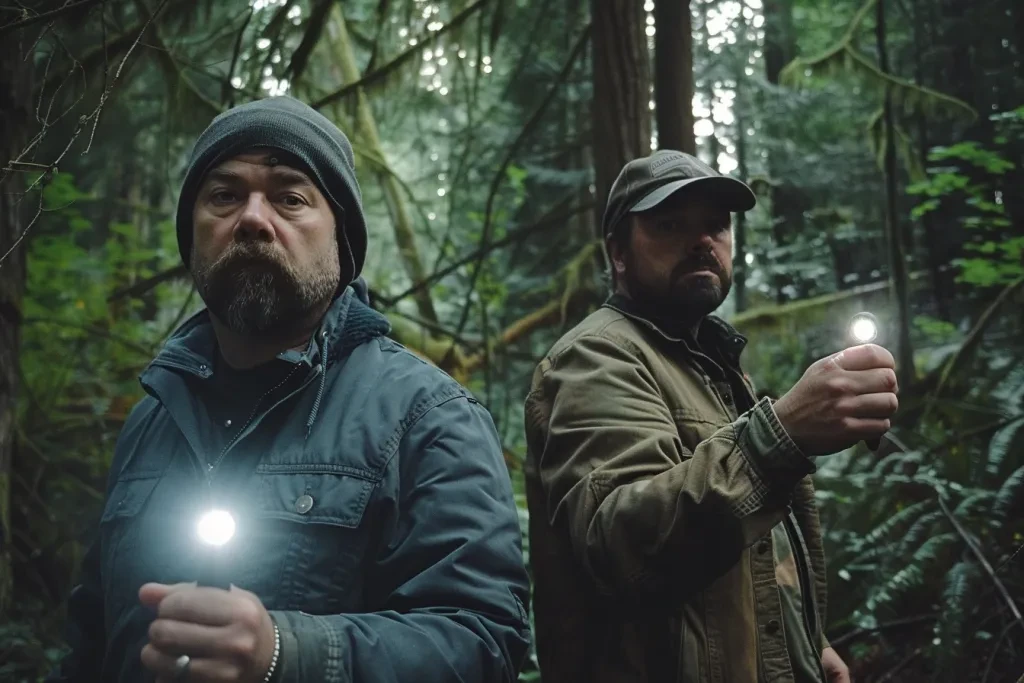
The world’s brightest flashlight is not just a tool; it’s a companion for adventurers and athletes navigating the night. For hikers and campers, it means the difference between finding the path and getting lost. Its powerful beam can highlight distant landmarks, making navigation in the dark much more manageable.
In more extreme sports, such as mountain biking or trail running at night, a bright flashlight provides the visibility needed to avoid obstacles and maintain speed safely. The flashlight becomes an extension of the athlete’s senses, revealing the terrain ahead and allowing for quick, confident decision-making.
Moreover, for those involved in water sports or activities near bodies of water, a flashlight with a high waterproof rating and the ability to float can be a lifesaver, literally. It not only illuminates the water around but can also signal for help in emergencies.
Battery life and power source considerations
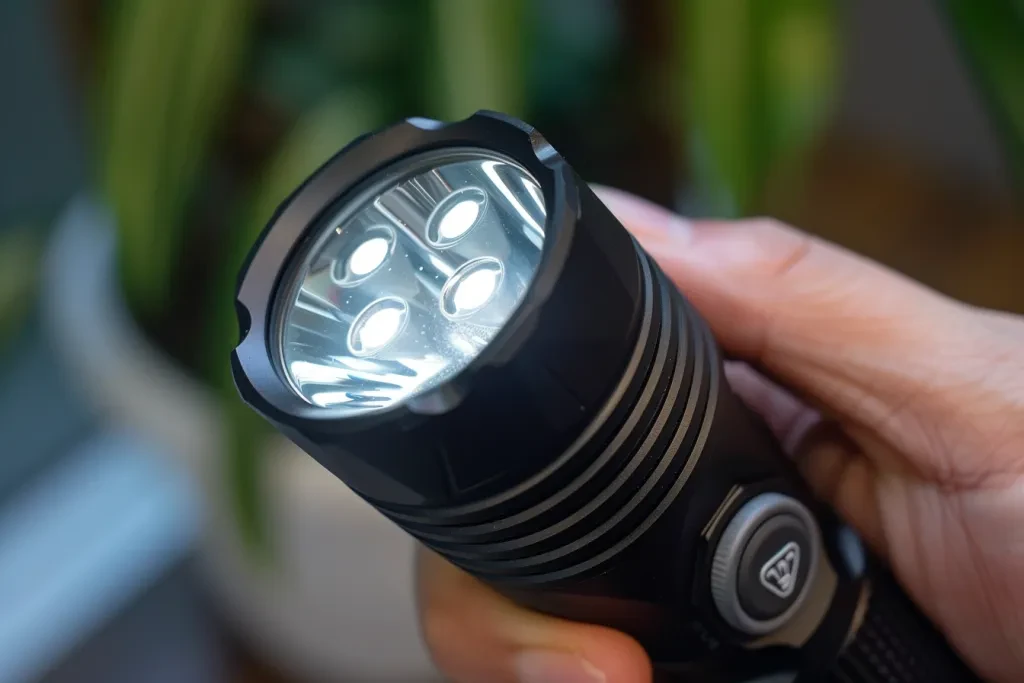
The power source of the world’s brightest flashlight is a critical factor that impacts its usability and performance. Rechargeable batteries, often lithium-ion, are common due to their high energy density and efficiency. These batteries can sustain the high output levels required by the brightest flashlights while allowing for reusability and, consequently, lower long-term costs and environmental impact.
However, battery life under maximum brightness is a challenge. Users must balance the need for intense light with the duration of their activity to avoid being left in the dark. Manufacturers often provide run-time estimates for various modes, which can be a valuable guide for planning.
Some flashlights offer versatility in power sources, capable of using both rechargeable batteries and disposables. This flexibility can be crucial in situations where recharging isn’t an option, ensuring that the flashlight can remain operational with readily available battery types.
Safety and legal considerations
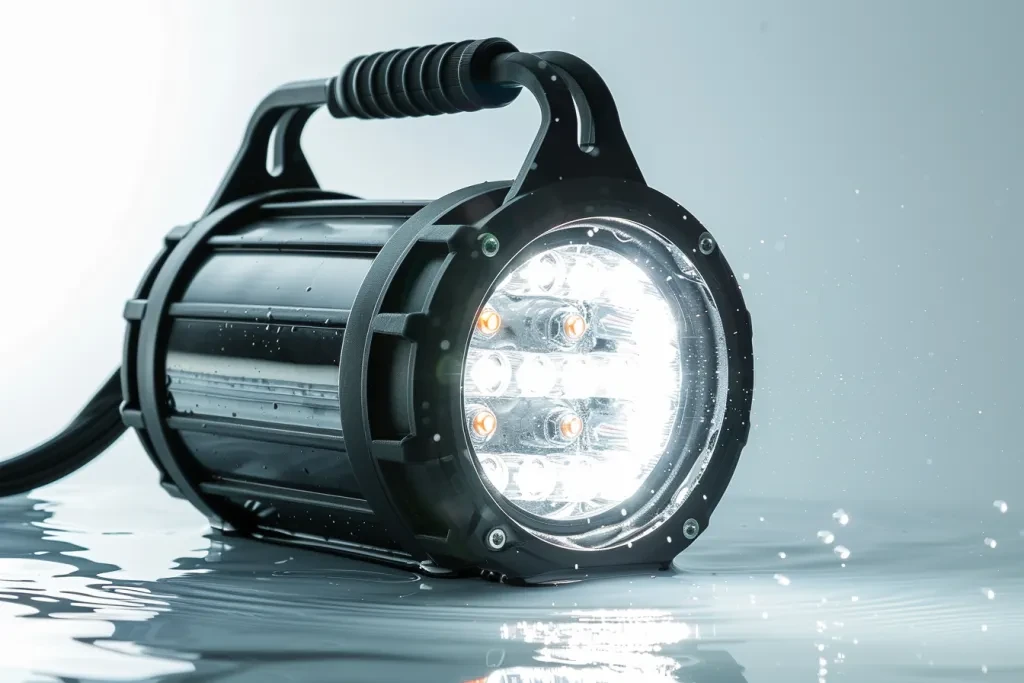
While owning the world’s brightest flashlight can be empowering, it also comes with responsibilities. The intense beam of these flashlights can cause temporary blindness, making them potentially hazardous if used carelessly or maliciously. Users must exercise caution, ensuring they do not direct the beam towards people or vehicles, which could lead to accidents or legal issues.
In some jurisdictions, there may be regulations limiting the use of high-intensity flashlights without proper authorization. It’s important for owners to familiarize themselves with local laws to avoid unintended legal complications.
Conclusion: The world’s brightest flashlight is a marvel of modern technology, offering unparalleled illumination that can be a game-changer for outdoor enthusiasts and professionals alike. By understanding the key features, practical applications, and considerations for battery life and safety, users can make informed decisions about which flashlight will best meet their needs. As with any powerful tool, responsible use is paramount to ensure that its benefits can be enjoyed without adverse consequences.



